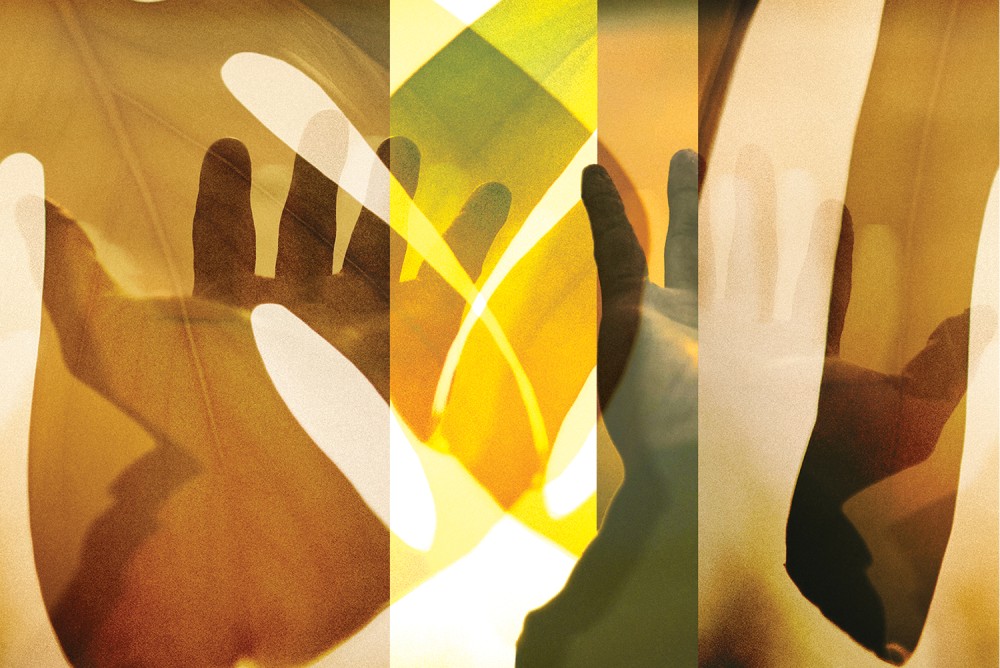My double vision
I like to think Jesus gives the blind man in Mark 8 vision of another kind: to see past the limits of human sight.

(Century illustration / Source images: Billy Pasco and Johannes Krupinski on Unsplash)
The first time I saw double is beyond my recollection. “Her left eye is too strong,” a doctor told my parents when I was four years old. “It’s blinding her right. It has to be corrected.” He called my condition strabismus, something like a crossed eye. You’ve likely seen it: the eye turns out or in. Mine turned up and to the left. To correct it required surgery. Making a small incision in the conjunctiva of my bulb, the ophthalmologist reached the offending muscle and partially detached it. After surgery, I wore a patch like a pirate and my vision blurred for days. When it cleared, instead of a world split in two, I saw one.
Vision is a highly complex sense. The mechanical and neurological components of the eyes and brain work together to produce sight in a delicate dance of light absorption and translation from rods and cones. When the eyes do not align, the brain may prefer data from one eye over the other. Usually, favor goes to the “clear eye,” the one without deviation, and my case was no exception. If left unchecked, my visual cortex would eventually ignore information from my other eye altogether, in a sense blinding it. Blinding it by ignoring its sight.
All this may be why my favorite healing act of Jesus involves the restoration of vision. In Mark’s Gospel, Jesus travels to the village of Bethsaida, where villagers entreat him to heal their friend, who is blind. In other healing stories, Jesus speaks regeneration into being, but in this passage he physically intervenes, like an ancient medical doctor carefully operating on a little girl. First, he applies saliva. Then, he covers the man’s eyes with his hands. Then he asks, “Can you see anything?” (8:23).



